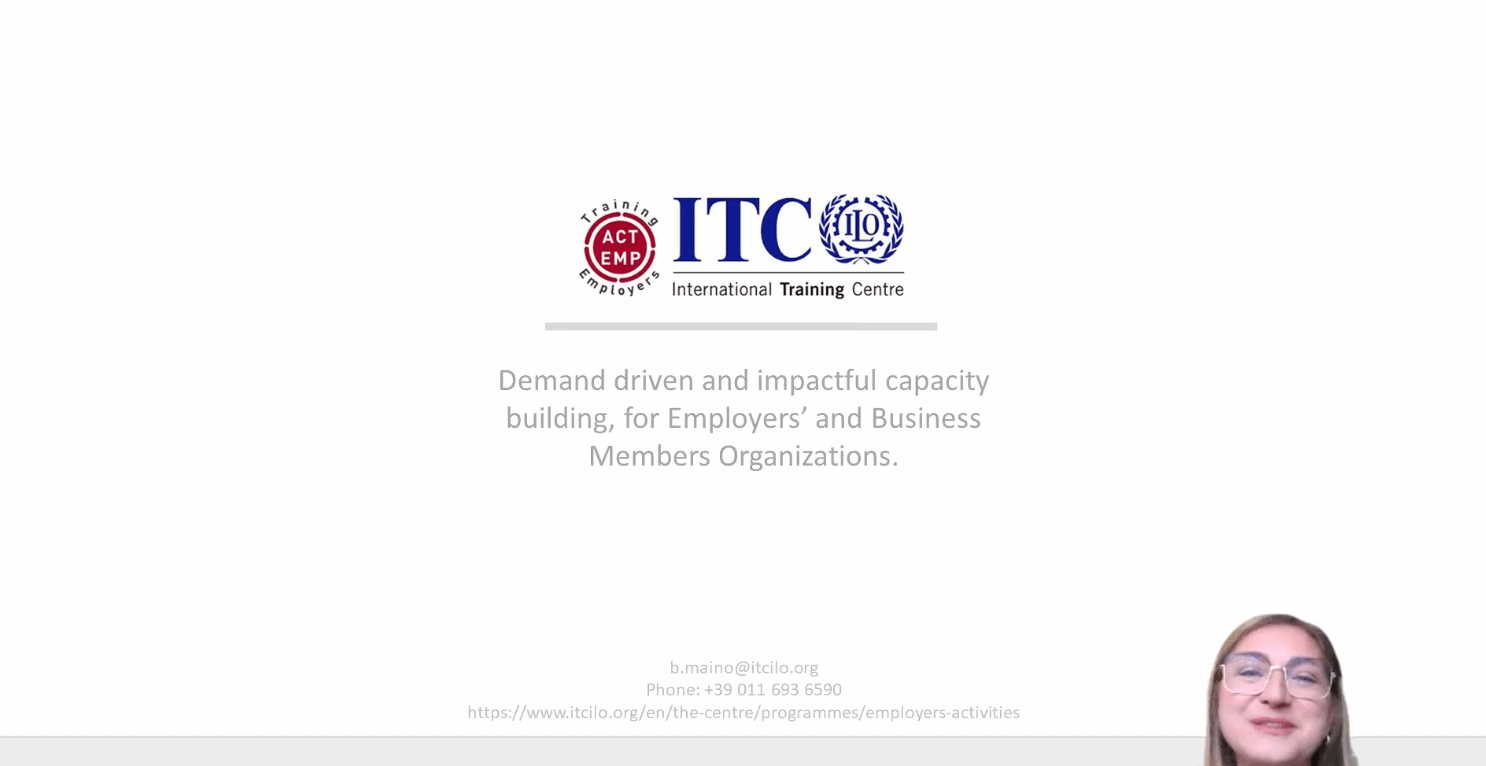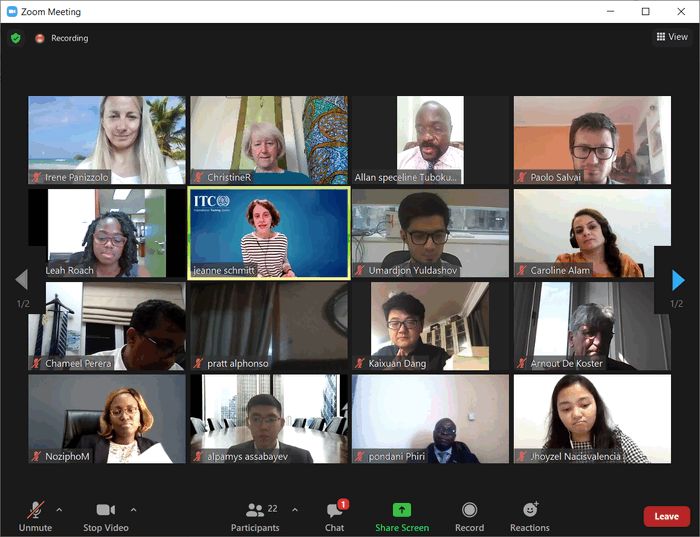

Online course on membership strategies. VNO-NCW inputs with best practices
Covid-times force to change methods. Training must continue, now online. But the topics of training often remain constant. Membership strategies is such a topical issue. It is central for employers and business members organisations (EBMOs), both for their representativeness and for their revenue streams. It is a permanent concern.
Even more in Covid-times, where quite some organisations struggle with membership levels and income, but fortunately, probably less than was feared initially. (ILO, A global survey of EBMO, Inside impacts and responses to Covid 19, ILO, June 2020, p.3-7, https://www.ilo.org/actemp/publications/WCMS_749379/lang--en/index.htm . At present, the effects on membership remain an open question. But there are informal reports that indeed a number of EBMOs would rather have benefited in terms of membership, thanks to the pro-active role of EBMOs in recovery plans and in direct support for companies, which triggered a high level of members appreciation and loyalty (see ILO, Analysis of the activities of EBMOs in Covid times, January 2021, https://www.ilo.org/actemp/publications/WCMS_766658/lang--en/index.htm .
Whatever the facts will later bring on the effects on membership, both the Covid context, and the constant training request of partners were the background for further training efforts in this key area of EBMO operations. Hence DECP and ITCILO, the training centre of the International Labour Organisation, organise at present a new edition of an online course on membership strategies.
During 8 weeks, at a rhythm of a 1 day training input- effort per week, 30 participants -EBMO staff from 25 countries- are trained, via lectures, exchanges, exercises and reading materials, in mastering strategies and tactics in membership management and -policies. The course aims to incite participants to look at membership policies holistically. Starting from the creation of a strong value proposition, to segmentation, branding, and ending up to what really matters: do well in the various steps in the membership cycle: recruit more, engage more and retain more members.
VNO-NCW, the Dutch national EBMO, also contributes to the contents development and adds pertinent and practical experiences from the Netherlands. Mrs Rita ter Steeg, manager association development of VNO-NCW, extensively intervened in one of the recent sessions, reviewing some key points of the VNO-NCW approach in membership policies. Amongst others she focused on the importance of policy influence as part of the value proposition (1), on the key role of account management in membership policies (2) and on the specific case of recruiting and engaging associations as members of the employers’ organisation (3). The latter was an eyeopener for a number of participants, which may tend too much to identify the notion member with member companies, whilst the experiences in the European Union, including of course VNO-NCW’s practices, show the vertebral role of sector and regional associations in making national EBMOs strong and vibrant. And hence the key attention to be given to sectoral associations in any membership policy, and the important added value of the Dutch practices which were reviewed in this course.




The online course is only one aspect of the DECP efforts to support partner EBMOs in the different continents regarding membership. In the ‘Stories section’ of the DECP website, earlier contributions already highlighted that membership is one of the central axes of the 2021-2022 work programme which DECP will roll out in all DECP partners countries, next to the theme social dialogue, which features as an equally central theme.
Furthermore, and again in a joint venture of DECP and ITCILO, a manual on membership strategies is in preparation to treat the subject of membership in full focus. In 9 chapters, the different aspects of membership in EBMOs are spelled out in quite some detail. The texts are lingered with concrete cases and examples, taken from the wide networks of both organisations and the many trainings they developed and delivered together in all parts of the world. In an annex some concrete tools are developed and illustrated on what other EBMOs have done. The manual is in the very last stage of the revision process and will be available very soon. Once the manual has been published, DECP will indicate via the website where it is available.